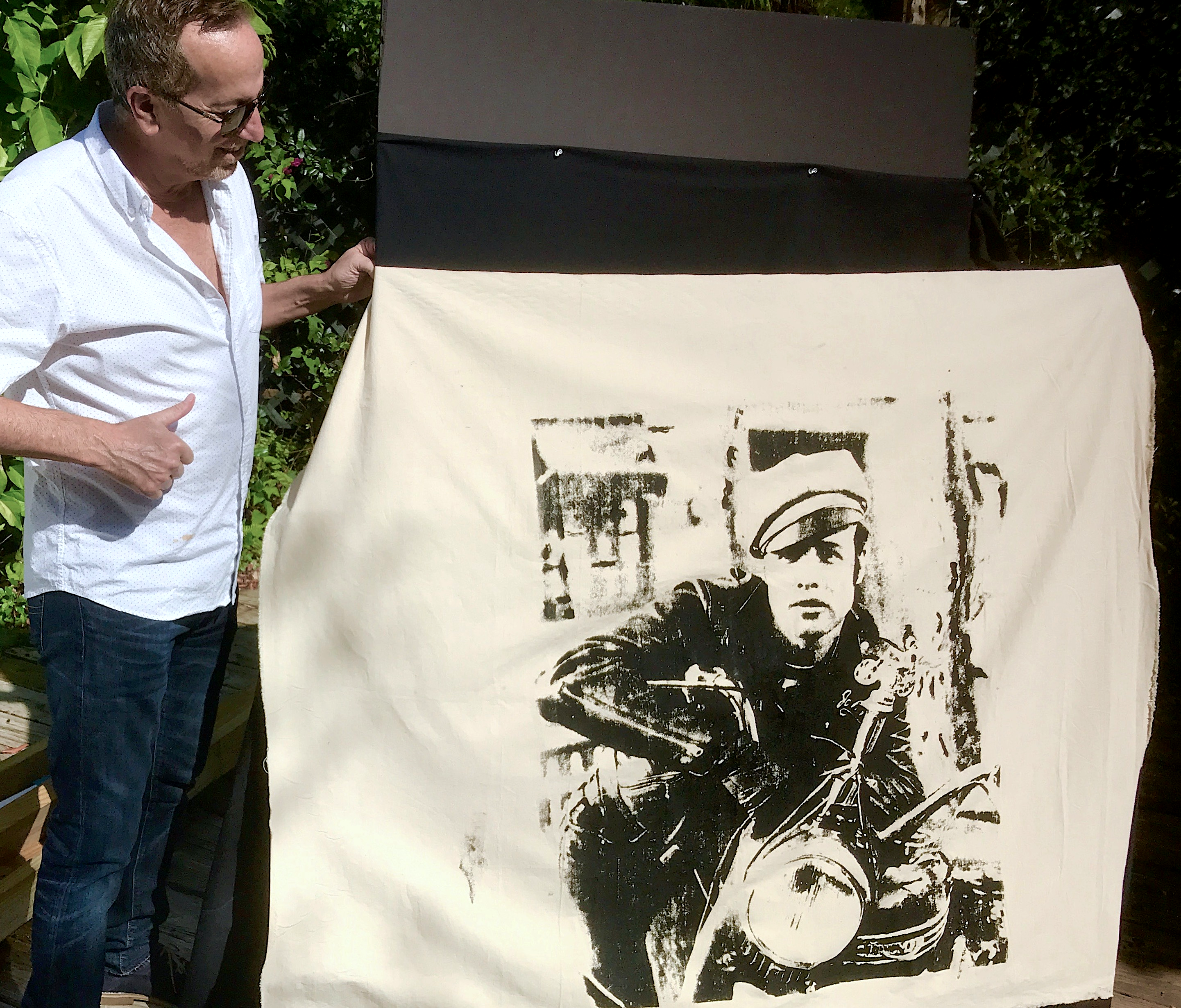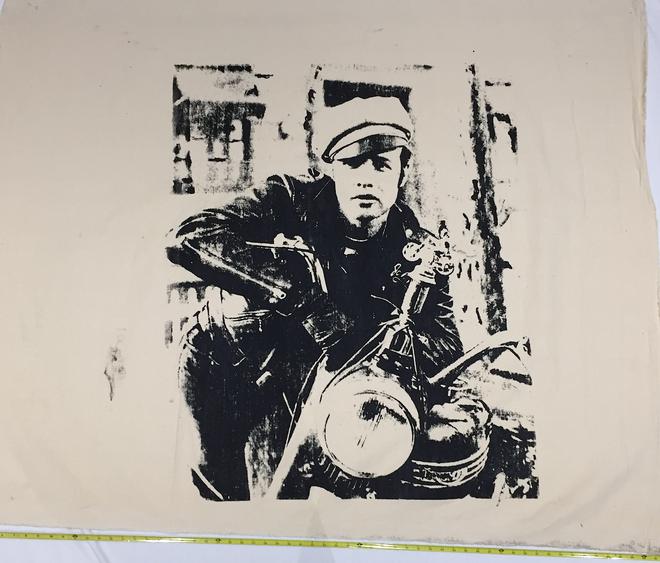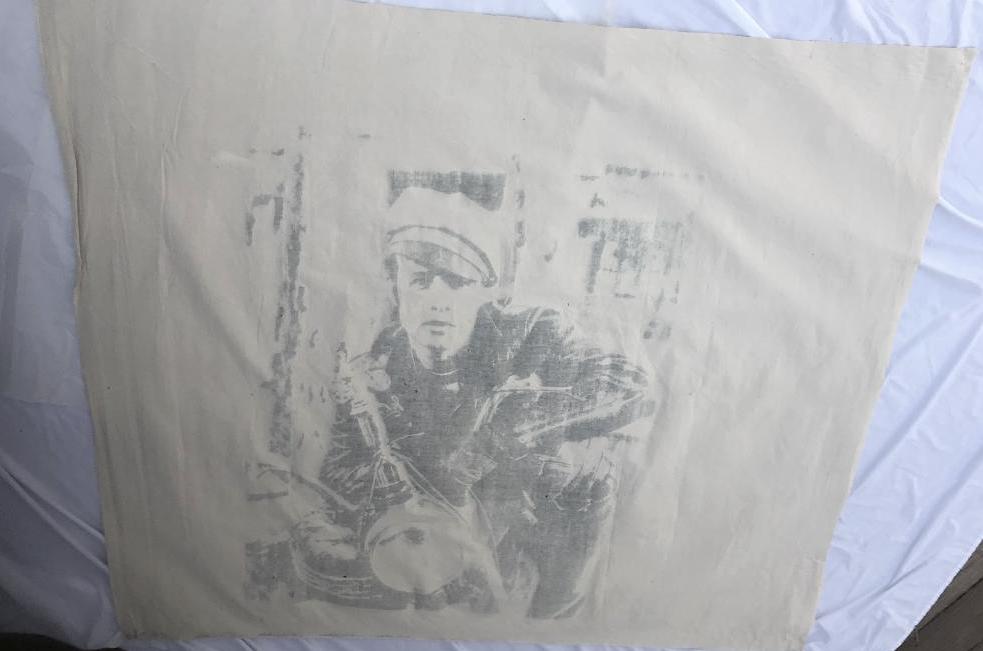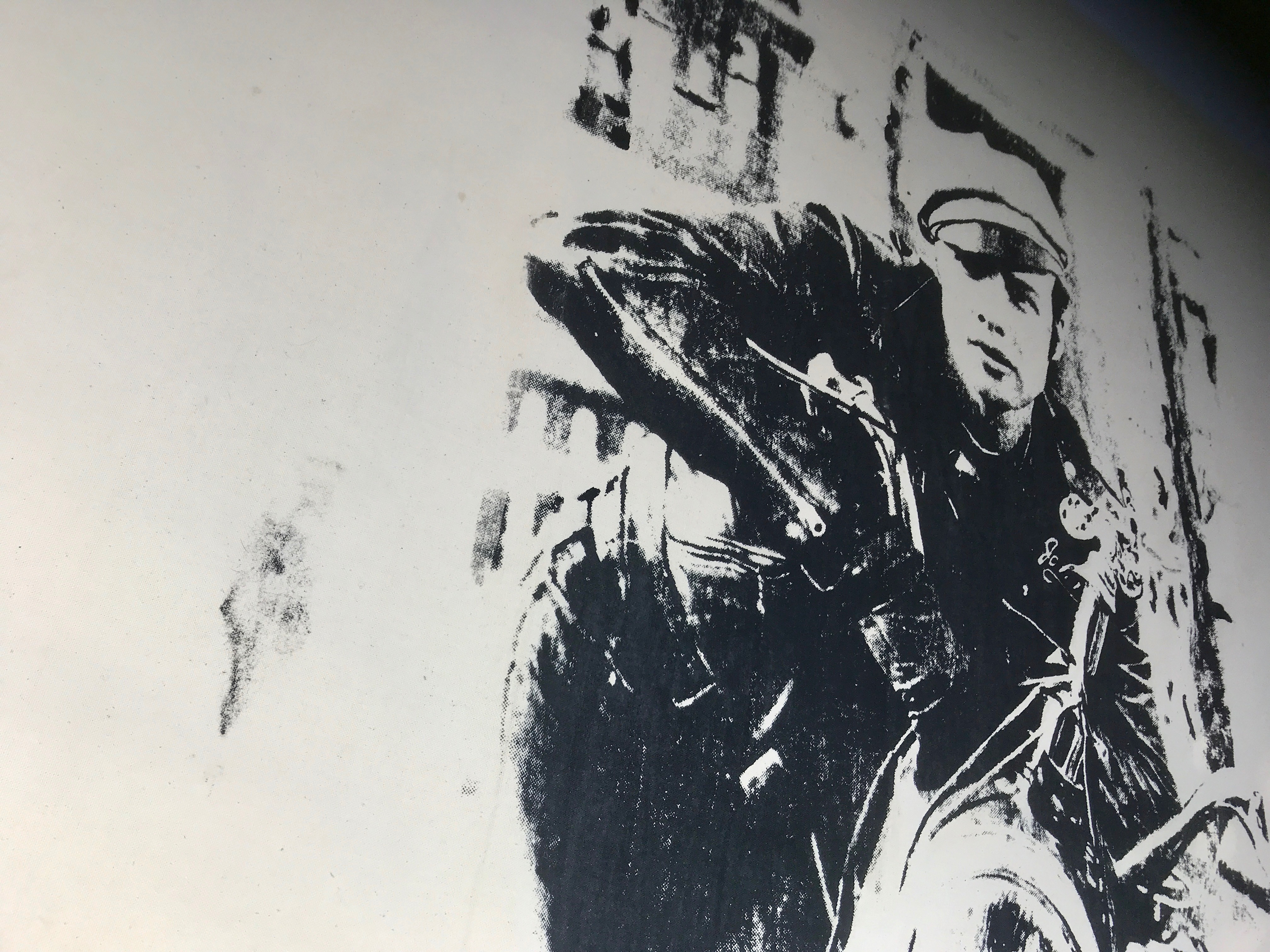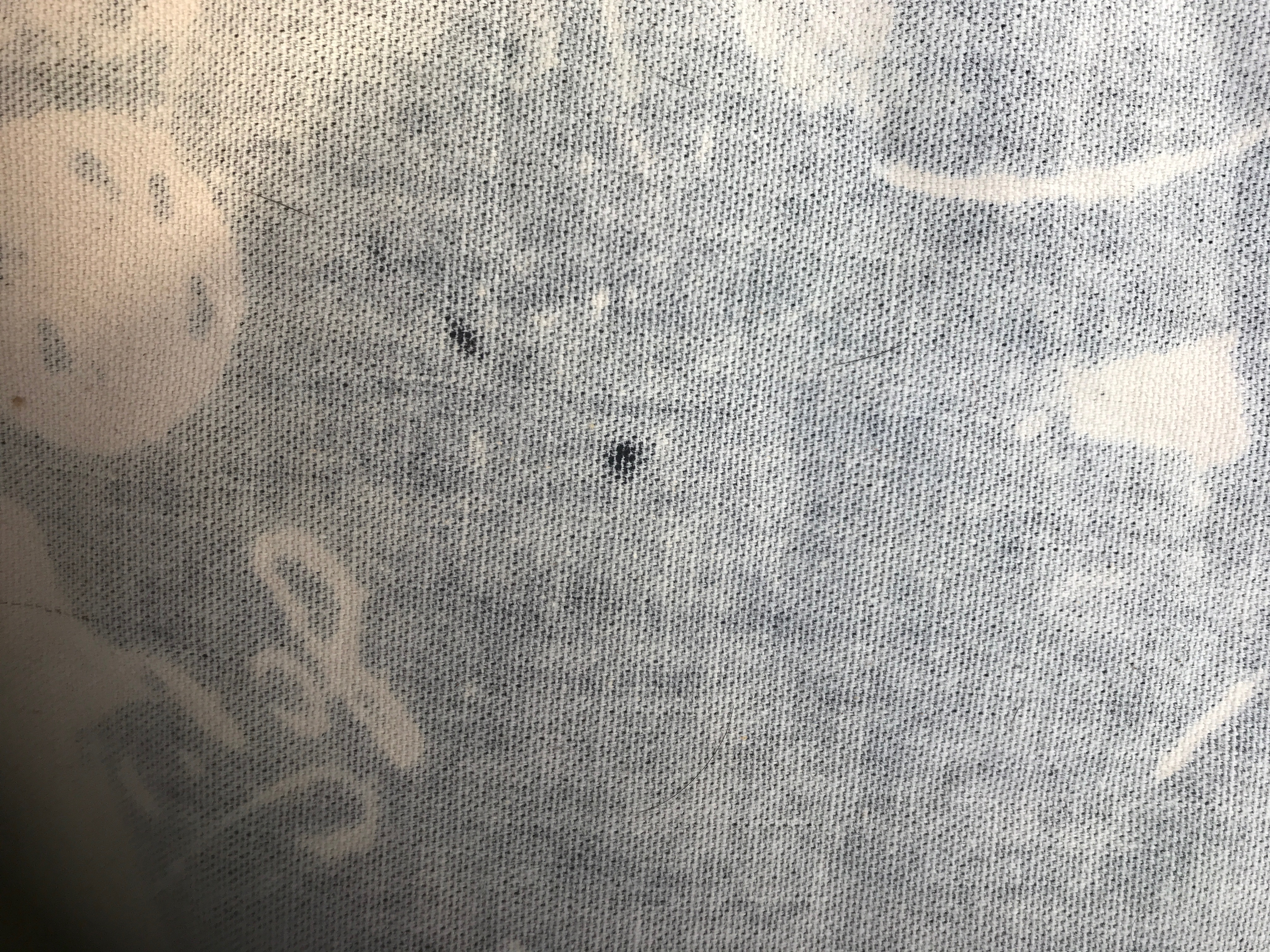Andy Warhol started to experiment with screenprinting in the 1960s. In 1950s, Warhol was a prize-winning commercial artist and he devised a printing process of blotting outline drawings in ink from one surface to another.
While he was head of advertising at a shoe company, his blotted drawings were reproduced and then hand-colored by a team of friends.
Screenprinting in 1960s It wasn’t a widely used medium. It was a lengthy process that required an exorbitant amount of patience and a keen eye for detail. It wasn’t also considered to be an art form, as it was using machines.
With art work in demand, Andy Warhol resulted in stepping up his production. In January 1963, he moved his studio from a New York City townhouse that could no longer accommodate his paintings to a third floor red brick abandoned firehouse in East 87th Street. In June, to increase production, he took on a new assistant, 20 year old college student from the Bronx named Gerard Malanga, who learned how to silkscreen a few years before while working for necktie manufacture.
"The more you look at Warhol's work, the more you look at Warhol, the mind you see constantly engaged in the studio. You see him make a series of decisions in the studio: how one painting leads to another painting, how one series leads to another painting.
There's a series of insights, and you get a sort of logic that almost unfolds in the studio that's of an intensely committed, engaged, sophisticated and thoughtful artist."
As Warhol once said “Isn’t life a series of images that change as they repeat themselves?”.
Andy Warhol screen printed Marlon Brando on canvas and now you can own one of the origionals never yet stretched or framed.
Now Available- one of the five originals, never yet stretched or framed, canvas is 61"x51", artwork is 36"x40"
Andy Warhol - Marlon Brando
Andy Warhol - Marlon Brando
FRONT
BACK
ARTISTS BLOTCH ON SIDE
REAR CLOSE UP


